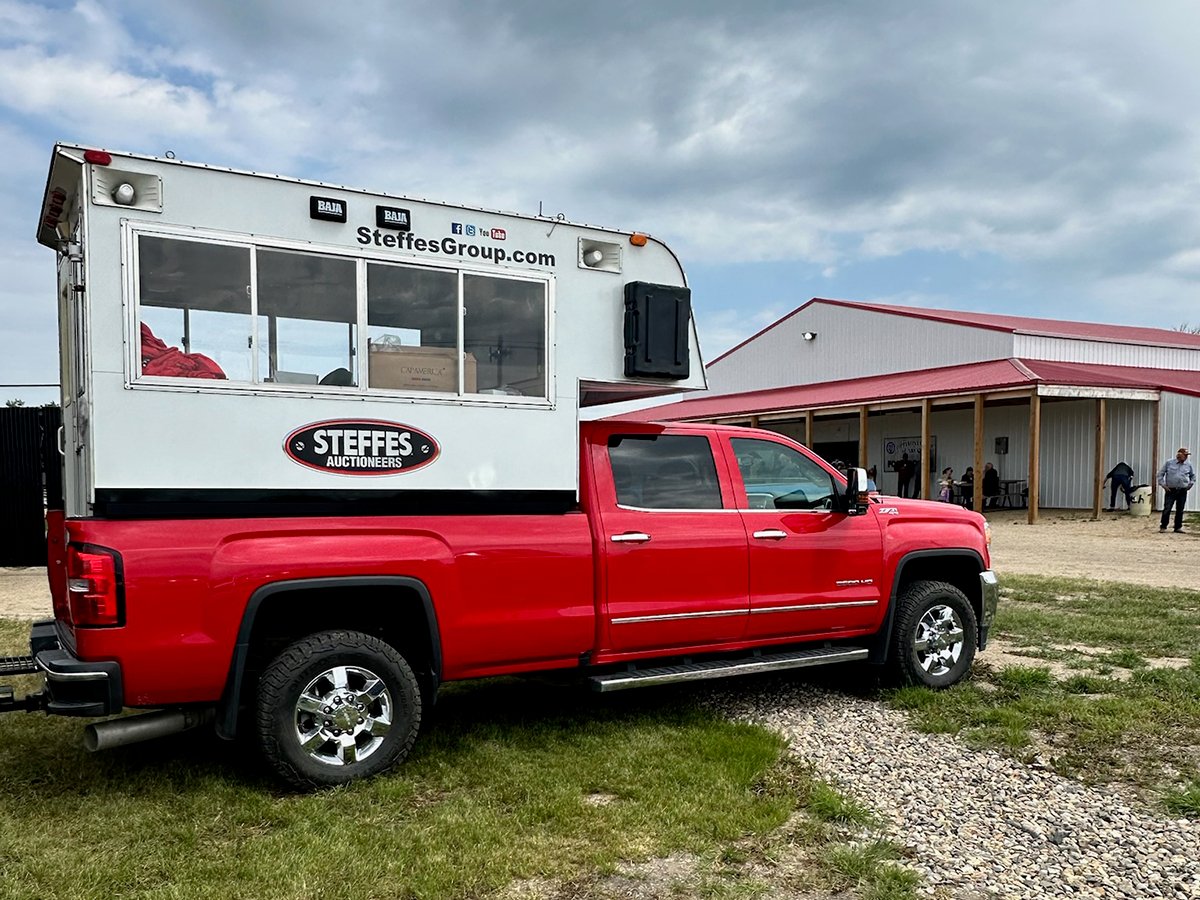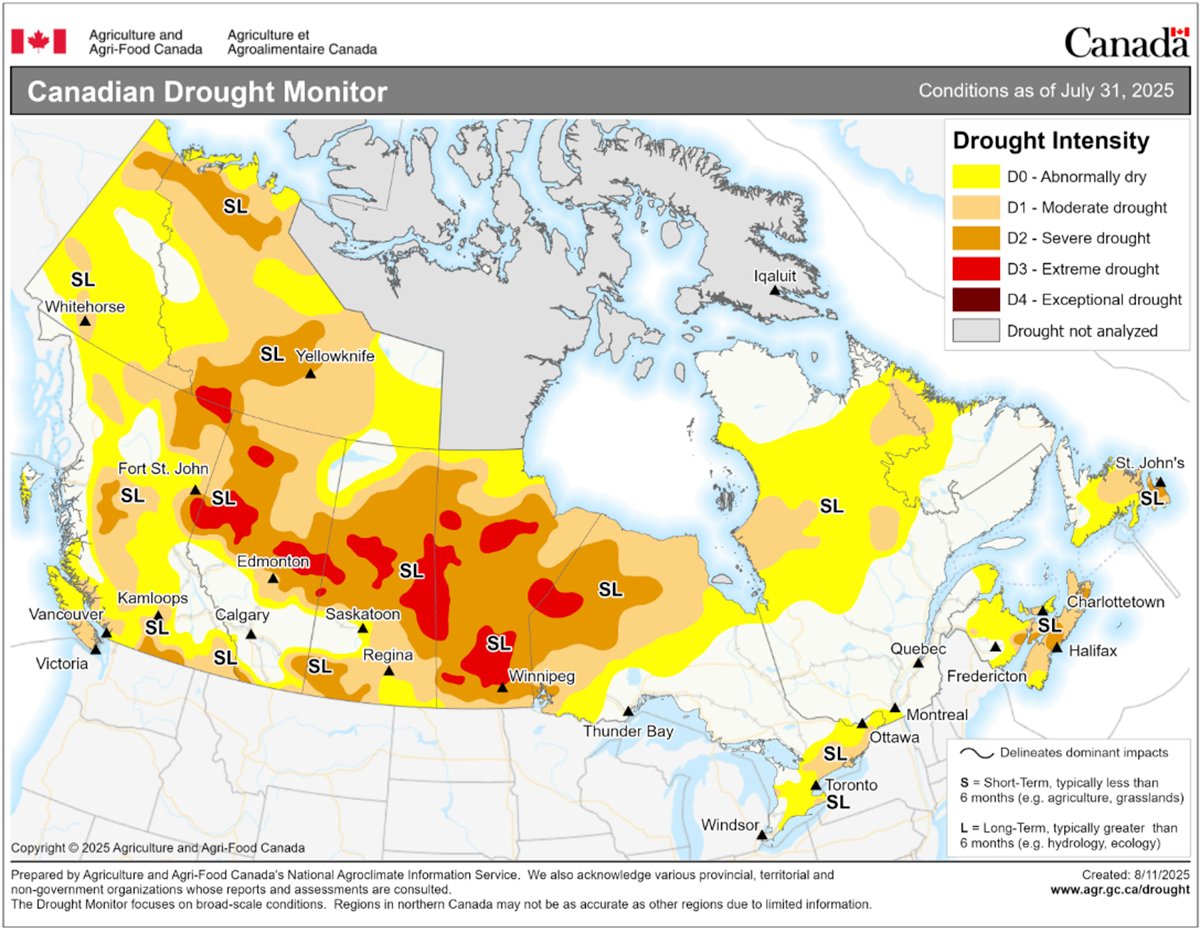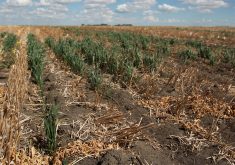Regions of southern Alberta and Saskatchewan saw temporary reprieves from drought in July, with Mother Nature co-operating in the early parts of August as well.
The parched area of the Calgary region, all the way up to the western ridge before the Rocky Mountains, saw significant improvement in moisture levels, with a large region of Alberta considered as normal.
“The biggest change I’ve seen since June is we continue to receive significant moisture through southern Alberta and into Saskatchewan, really reducing the amount of dry soils in those regions,” Trevor Hadwen, agroclimate specialist with Agriculture Canada, said in his Canadian Drought Monitor Report.
Read Also

Farm auctions evolve with the times
Times have changed. The number of live, on-farm auctions is seeing a drastic decline in recent years. Today’s younger farmers may actually never experience going to one.
“We have seen some improved drought conditions, but the impacts to crops through those regions have already been set in. We are not seeing significant improvement in crop development, but we are seeing some improvement in pastures and feed availability with water supplies.”
However, concerns remain across the entire Prairie region with crop failures reported in Alberta, Saskatchewan and Manitoba as well as livestock issues regarding feed and water supplies. Areas that are classified as extreme and severe drought are seeing poor pasture conditions, making producers supplement their feed or move herd to better pastures.
“We have heard many producers across these Prairie drought regions having to reduce their herds at this time of year, which is not a favourable thing to do at this time of the year,” said Hadwen.
“Some fairly significant decisions being made by producers at this time. We are seeing crop failure, but also seeing those impacts farmers are having to deal with and make decisions on to ensure that their livestock are fed and watered appropriately.”
The northern Prairies continue to be an area to watch with large areas of moderate to extreme drought throughout the region. Most of the Peace River region is classified as D3 (extreme).

“Even in the agricultural regions in that Parkland forest fringe area, we’ve seen some significantly dry areas with expanding drought and rapidly increasing severity. We have seen some D3s emerge up in the Cold Lake region, Meadow Lake in Saskatchewan, as well as the Parkland and Interlake regions of Manitoba.”
The southern Prairies hve seen significant moisture come through in the early portions of August, with another one to two inches expected in the coming week of the report. The early August rains are expected to improve soil moisture, water supply and pasture production. Unfortunately, as Hadwen noted, it is not going to reverse the conditions already dealt to the crops.
“It will certainly help crops in the abnormally dry or even moderate drought conditions finish the year and start to produce the seed that is very important for the yields,” said Hadwen.















